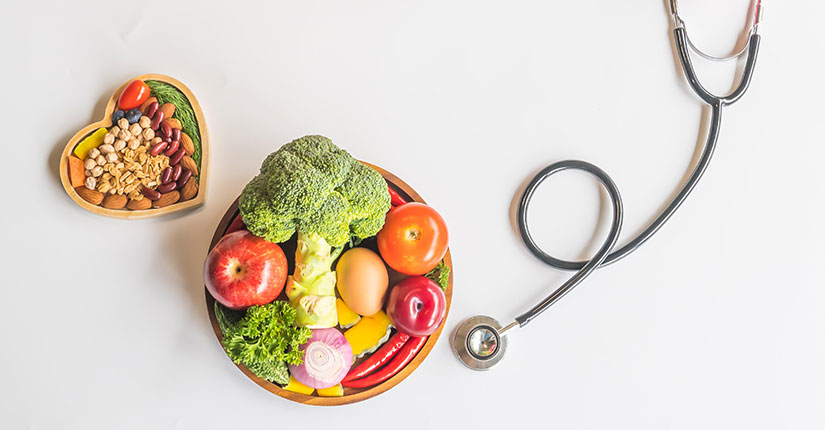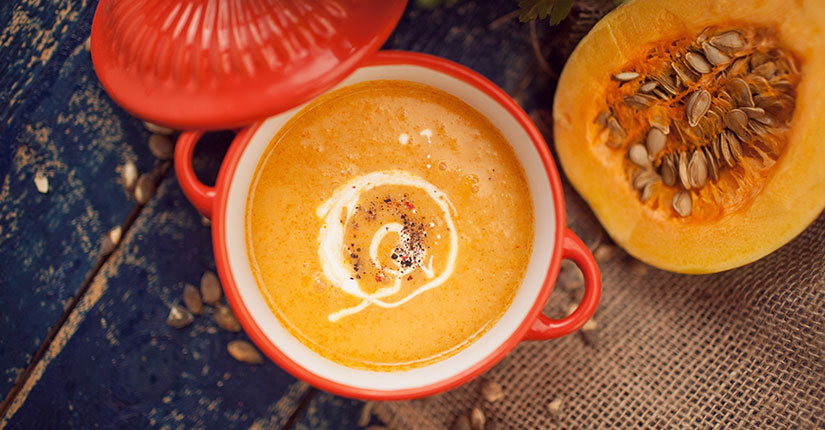7 Foods to help heal fatty liver
By Nmami Agarwal 14-Apr 2023 Reading Time: 8 Mins

Accumulation of excessive fat in the liver is the common denominator underlying the two most common and emerging causes of chronic liver disease, alcoholic liver disease (ALD) and non-alcoholic fatty liver disease (NAFLD), that are emerging public health issues globally.
The prevalence of NAFLD among the general population in India ranges from 9% to 53%. Easy access to calorie-dense food and sedentary lifestyle together with the modern epidemics of diabetes mellitus (DM) and obesity have catapulted nonalcoholic fatty liver disease (NAFLD)
Proper lifestyle modification i.e. taking a balanced low fat diet along with regular physical activity can help to reverse fatty liver.
Various research studies have shown many foods that help to heal fatty liver disease. Let us
discuss some of these foods –
Source: Wiley online library
Studies have proven the efficacy of mediterranean diet and DASH diet in treating fatty liver. Some of the food components in these diets have been known to prevent fatty deposits in the liver and help in fat mobilization.
- Coffee
Coffee consumption has been associated with a decrease in all-cause mortality, and multiple studies have highlighted the beneficial effects for several medical conditions including diabetes mellitus type II, Parkinson’s disease, hepatitis C virus, hepatocellular carcinoma (HCC), and nonalcoholic fatty liver disease.
Regular coffee caffeine consumption is significantly associated with reduced hepatic fibrosis in patients with NAFLD. Black coffee seems to reduce fat buildup in the liver. It also increases protective antioxidants in the liver preventing fatty liver.
- Oats
Recent reports have suggested that oat has metabolic-regulating effects. Oat bran decreased the total cholesterol level in serum, and decreased the cholesterol and TG contents in the liver.
Beta glucan, the fiber present in oats improved the HDL cholesterol and reduced insulin resistance in Diabetic subjects.
Including high fiber grains like oats in the daily diet can improve the chances of reversing fatty liver. However, steel cut oats or rolled oats are more beneficial in terms of fiber as compared to quick oats or ready to eat oats.
- Fatty fish
If you love fish, then this is good news for you. Through various mechanisms, omega-3 PUFAs in fish oil have been shown to reduce lipid accumulation and liver enzyme levels, improve insulin sensitivity, and have anti-inflammatory effects.
The World Health Organization recommends consumption of at least 400 mg per 10 kg bodyweight omega-3 each day.
Fish rich in omega-3 fatty acids include mackerel, tuna, salmon, sturgeon, mullet, bluefish, anchovy, sardines, herring and so on.
- Nuts
Nuts, especially walnuts are a very good source of omega 3 fats, bioactive compounds, and antioxidants like vitamin E.
Nuts show much therapeutic potential in treating patients with NAFLD through improvements to lipid profile, hepatic steatosis and inflammation.
Include a fistfull of nuts or 2-3 whole walnuts daily in the diet. At the same time it is important to cut down on processed food, refined oil, meat and high fat dairy to prevent more fatty deposits in the liver.
- Green tea
Tea is rich in catechins, the predominant tea polyphenols, antioxidants thought to modulate inflammation and have beneficial metabolic effects. Studies have shown antioxidant, anti-neoplastic, hypolipidemic, and hypoglycaemic effects of tea.
Experimental data in mice suggest that green tea and green tea extract (GTE) may reduce insulin resistance, body weight, visceral fat, hepatic lipid accumulation and increase energy expenditure.
Having 3-4 cups of green tea in a day gives the desired benefits. However caution should be exercised while including green tea extracts, since excess can lead to liver toxicity. It is always better to take the supplements under the guidance of a health care expert.
- Avocado
Avocados are a low to medium energy dense fruit with a high content of water (about 75%) and fiber (6%), but a low content of sugar and sodium.
They contain essential vitamins (B, C, E), minerals, lipids and phytochemicals such as carotene and lutein. Avocados are a rich source of oil, producing 15-30 g/100 g of fruit, mostly composed of MUFAs with a relatively low composition of saturated fatty acids.
Avocados may possess systemic anti-inflammatory properties, can protect against chemically induced liver damage and have antioxidant effects.
- Grapefruit
A study published in the March 2011 issue of the “European Journal of Nutrition.” indicates that naringenin extracted from grapefruit can activate the chemicals responsible for fatty acid oxidation, which may be responsible for the lipid-lowering ability of grapefruit in laboratory animals. This may, in turn, help prevent fatty liver disease.
While grapefruit has been used to fight infections, lower blood cholesterol and triglyceride levels, and for weight loss, more research is needed to build its efficacy against fatty liver.
Bottom line is to eat a balanced diet with more fresh and seasonal fruits and vegetables, whole grains, nuts, olive oil etc.
Avoid processed and packaged foods, excessive alcohol, quit smoking, meat and high fat dairy.





















